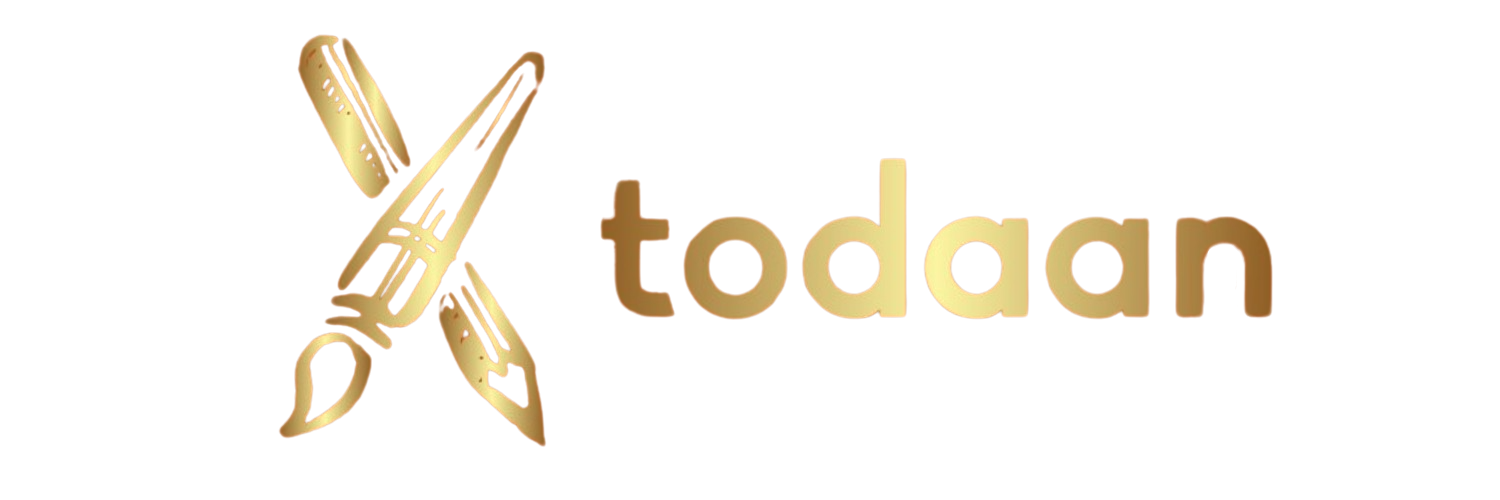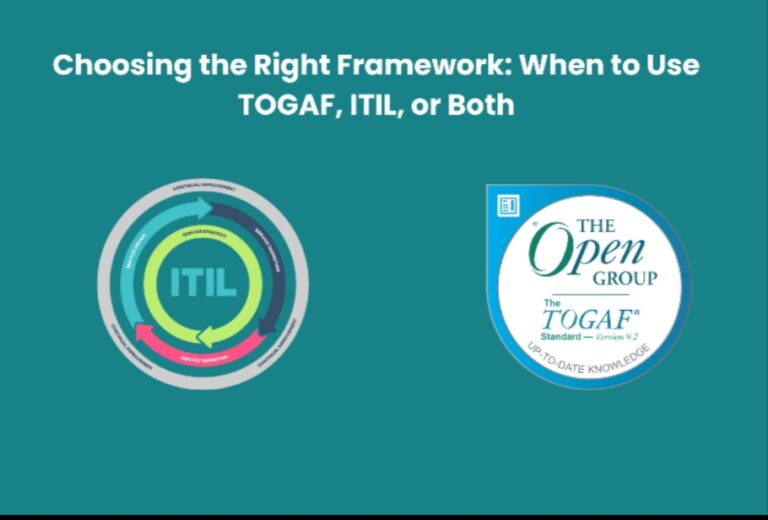Improve Your Future: A Guide to Understanding 401(k) Retirement Plans
Post Preview
Table of Contents
- Introduction to 401(k) Retirement Plans
- Types of 401(k) Plans
- Benefits of Participating in a 401(k) Plan
- Contribution Limits and Regulations
- Strategies for Optimizing Your 401(k)
- Understanding Fees and Expenses
- Planning for Retirement Income
- The Role of 401(k) Plans in Estate Planning
- Navigating Life Events and Your 401(k)
- Staying Informed and Making Adjustments
Key Takeaways
- Unravel the complexities of 401(k) retirement plan options and tax benefits.
- Learn how employer contributions and compound interest can accelerate your savings.
- Explore strategies to optimize and manage your 401(k) for a secure financial future.
- Understand contribution limits and essential regulations that could impact your savings.
- Consider the implications of life events on your 401(k) and how to navigate them.
- Gain insights into how your 401(k) fits into estate planning and retirement income.
Introduction to 401(k) Retirement Plans
Embarking on the path to retirement takes careful planning and foresight. A staple in this endeavor is the 401(k) plan, an investment vehicle that provides employees with a tax-favorable way to set aside funds for their golden years.
401(k) plans have become a hallmark of retirement savings, allowing employees to allocate a portion of their earnings into a retirement account, which grows on a tax-deferred basis. It means you will only pay taxes on the income you invest now or the investment gains once you withdraw the money in retirement. Starting early can significantly enhance the effect of compound interest, transforming small, regular contributions into a robust retirement fund.
Types of 401(k) Plans
By partnering with a trustworthy 401(k) company, individuals can begin their retirement savings journey on the right track by understanding the significance of these accounts in securing a comfortable life after retirement. To determine which type of 401(k) plan best suits your needs, it is essential to examine the two main versions. Traditional 401(k) plans are appealing for immediate tax relief as contributions are made with pretax dollars, lowering your taxable income. On the other hand, Roth 401(k) plans feature taxed contributions, offering the benefit of tax-free withdrawals under qualified distributions in retirement.
For those who run their own business or are self-employed, Solo 401(k) plans are a robust option that captures similar benefits to employer-offered plans. Solo 401(k)s allow for potentially higher contribution limits and greater flexibility, making them an attractive choice for entrepreneurs looking to save efficiently for retirement.
Benefits of Participating in a 401(k) Plan
A 401(k) participation presents substantial benefits, such as growing investments in a tax-advantaged environment. The money you invest within these plans can benefit from years, or even decades, of compound growth without being hampered by annual capital gains or dividend taxes. This advantage lets your retirement savings outpace those in taxable accounts over the long term.
Another cornerstone of 401(k) plans is the potential for an employer match. It is an incentive where employers contribute additional funds to your retirement savings, often matching your contributions to a certain percentage. This aspect of 401(k)s is equivalent to receiving bonus money that compounds over time, providing a notable addition to your retirement pot.
Contribution Limits and Regulations
Familiarizing yourself with a 401(k) ‘s yearly contribution limits is essential since exceeding them can result in excess penalties. The IRS sets these limits and can adjust annually to align with inflation and other economic factors. For those over 50, ‘catch-up’ contributions are allowed, providing an opportunity to bolster retirement accounts further as the working years diminish. Staying up-to-date with the latest 401(k) plans and regulations is crucial in light of changing legislation. It helps you make informed decisions about your retirement assets and choose the most advantageous route. While withdrawing from your 401(k) early may seem like a good idea in certain situations, it’s essential to understand the consequences. Early withdrawals may be subject to additional taxes and early withdrawal penalties, which can significantly reduce the savings you’ve worked hard to accumulate over time. So, weighing your options carefully and seeking professional advice before deciding about your retirement funds is always advisable.
Strategies for Optimizing Your 401(k)
Making the most of your 401(k) involves more than just regular contributions; it’s about intelligent investment choices and ongoing account management. Asset allocation is critical—spreading your contributions among stocks, bonds, and other assets can help reduce risk and capitalize on different market sectors. As your financial situation or market conditions change, rebalancing ensures your investments align with your risk tolerance and investment timeline.
Target-date funds are an appealing option for those who prefer a set-it-and-forget-it approach. These funds adjust their investment mix automatically as your expected retirement date approaches, moving toward more conservative investments to protect your savings as the need for withdrawal nears.
Understanding Fees and Expenses
While 401(k) plans offer many advantages, they come with various fees that can chip away your savings. Understanding all associated costs, including plan administration, investment management, and individual service fees, is essential. Being mindful of these fees and seeking to minimize them without sacrificing investment return is a practical part of retirement planning.
Knowing what you’re paying for and why can help you make more informed decisions about your retirement savings. Comparing the cost of different investment options is simplified by looking at their expense ratios, giving you a clearer view of navigating two to a lower-cost, higher-value 401(k) plan.
Planning for Retirement Income
Transitioning from the accumulation phase of your retirement savings to withdrawing them as a steady income requires thoughtful planning. Rollovers into IRAs or annuities guarantee a structured withdrawal process, turning your large sum into predictable monthly payments. Annuities can offer a fixed income for life, but they’re manageable and should be evaluated as part of your overall financial strategy.
As you reach the age of 72, the IRS mandates Required Minimum Distributions (RMDs) from your 401(k), which are minimum amounts that must be withdrawn annually. Planning around RMDs involves calculating their impact on your taxable income and adjusting your investment strategies accordingly.
The Role of 401(k) Plans in Estate Planning
A thoughtfully managed 401(k) is integral to your estate plan, ensuring your wealth is passed on according to your wishes. Assigning and routinely updating beneficiaries is imperative, as these designations generally supersede directions in a will. Keeping these designations current is a critical part of estate planning and ensures your 401(k) funds are handled as intended upon your passing.
When passing on your 401(k), the amount inherited and who inherits it factor into the tax implications. Special considerations must be made for non-spousal beneficiaries, including children or other relatives, to enable a more tax-efficient transfer of retirement funds after your death.
Navigating Life Events and Your 401(k)
Major life milestones such as marriage, divorce, job transitions, or the birth of a child can all affect your 401(k) plans. For example, getting married might mean adjusting your contribution amounts or changing beneficiaries. In a divorce, a 401(k) may need to be split or awarded as part of a settlement, requiring a qualified domestic relations order (QDRO).
When switching jobs, you’re faced with rolling over your old 401(k) into your new employer’s plan, transferring it into an IRA, or potentially maintaining it with your former employer. Understanding the benefits and drawbacks of each option is essential for the continued growth of your retirement assets.
Staying Informed and Making Adjustments
The financial landscape is ever-evolving, and your 401(k) strategy should be flexible enough to adapt to changes in your personal life and the broader economy. Frequent reviews of your plan, including your investment selections and contribution levels, will help ensure you’re on track to meeting your retirement goals.
In this dynamic realm, it’s wise to leverage educational resources to sharpen your understanding of 401(k) plans and the strategies to enhance your retirement outlook. In conclusion, while preparing for retirement can be daunting, harnessing the full potential of your 401(k) plan can be one of the most impactful steps toward achieving your financial goals. With the correct information, strategic planning, and ongoing vigilance, your 401(k) can be powerful in crafting a secure and fulfilling retirement.







